| 1. |
Where and when did Renaissance Art emerge? 
|
||||||||
|
| 2. |
Although Italy led the way, other regions developed their own Renaissance styles. What inspired them? 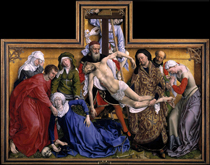
|
||||||||
|
| 3. |
A competition in Florence in 1401 drew several entries from now famous names. What was to be designed? 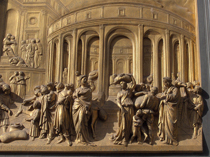
|
||||||||
|
| 4. |
Jean Fouquet, a French artist, is credited with the first examples of which kind of painting? 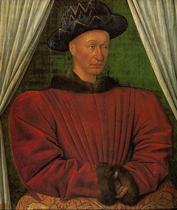
|
||||||||
|
| 5. |
Whose meticulous observations of the natural world ensured real development in perfecting pictorial art? 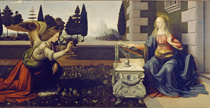
|
||||||||
|
| 6. |
What is the name of Michaelangelo's most famous sculpture? 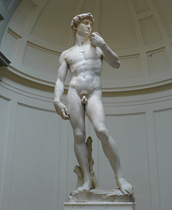
|
||||||||
|
| 7. |
Many Renaissance Artists developed the technique of foreshortening. What is this? 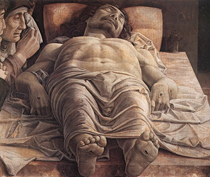
|
||||||||
|
| 8. |
Da Vinci coined a phrase which meant blurring or softening of sharp outlines by blending one tone into another. What was the phrase? 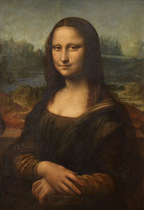
|
||||||||
|
| 9. |
A famous German Renaissance painter created fantastic imagery which combined plants, animals and architecture. What was he called? 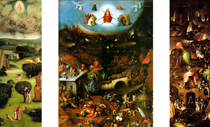
|
||||||||
|
| 10. |
Which historical and cultural period came after the Renaissance? 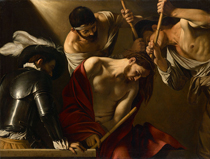
|
||||||||
|

This painting is 'Sacred and Profane Love' by Titian, one of the most important Renaissance artists